Photoaging: How & Why To Treat it?
An Overview of the Blog:
Photodamaged Skin - Planning to go outside? But, the blue skies and sunny day makes you worry about your skin? You may know that 80% of visible aging damage on the skin is due to the Sun and its UV rays. It’s not only your age that counts as an aging factor. Lots of stress, or lack of sleep, or too many glasses of alcohol are responsible for reflecting those aging signs. Do you see fine lines and age spots? Of course, it is due to the sun, but there are some other factors. We shall learn about them in the blog further as well as read up on the ways to treat or prevent photodamaged skin.
 Photoaging appears on the sun-exposed areas, i.e., the most visible parts of the body- face, neck, and back of the hand. These areas are more prone to exposure to the Sun and hence are in easy reach of the UV rays. Besides this, some women may also feel some photodamage on the upper chest area. Additionally, people also feel a little sunburn or sun damage on the lips.
Here are few steps for Photodamaged Skin Treatment:
Photoaging appears on the sun-exposed areas, i.e., the most visible parts of the body- face, neck, and back of the hand. These areas are more prone to exposure to the Sun and hence are in easy reach of the UV rays. Besides this, some women may also feel some photodamage on the upper chest area. Additionally, people also feel a little sunburn or sun damage on the lips.
Here are few steps for Photodamaged Skin Treatment:
 If your skincare routine includes photosensitizing ingredients, then you need to be a little careful about it. First, you cannot stop using it. Second, you must prefer to use such products at night time. Because certain ingredients might degrade if they come under exposure to the Sun. So, your skin will not be photosensitive the next morning. Ingredients like Vitamin C, retinols, AHAs do make your skin a little photosensitive, causing more damage. Thus, you must avoid using them during the day if you are planning to step outside. However, if you are planning to use vitamin C serum, you may club it with sunscreen in order to boost the effects of sunscreen.
If your skincare routine includes photosensitizing ingredients, then you need to be a little careful about it. First, you cannot stop using it. Second, you must prefer to use such products at night time. Because certain ingredients might degrade if they come under exposure to the Sun. So, your skin will not be photosensitive the next morning. Ingredients like Vitamin C, retinols, AHAs do make your skin a little photosensitive, causing more damage. Thus, you must avoid using them during the day if you are planning to step outside. However, if you are planning to use vitamin C serum, you may club it with sunscreen in order to boost the effects of sunscreen.
What is Photodamaged Skin?
When your skin is exposed to the Sun repeatedly, the harmful Ultraviolet rays (UV rays) constantly enter the skin and alter the healthy skin cells. Besides the sun, other sources like your gadgets are responsible for emitting harmful blue light rays. These rays are known to enter the skin deeply and damage the skin more. Photoaging is quite different from chronological aging- the UV rays alter the normal skin structures.Symptoms of Photoaging
As we know that Photoaging is all about signs of aging. Some of the symptoms of photoaging are:- Drooping
- Loss of elasticity
- Thinner and translucent skin
- Broken skin
- Spider veins on cheeks, nose, and neck
- General loss of skin texture on the sun-exposed areas
- Pigmentations
- Freckles
- Liver Spots or Sunspots
- Uneven skin tone and color
- Wrinkles around eyes and mouth
- Forehead line sets
- Red rough scaly spots
Where does Photoaging appear?

Steps for Photodamaged Skin Treatment
1. Use sunscreen to protect yourself
About 95% Of UV rays that enter the earth and your skin are UVA. Regardless of cloudy skies or glass, these rays remain undeterred. So, avoiding the sun is not really a solution- nor covering up is enough- when you have sunscreen! Even after using the sunscreen, your skin is photodamaged and visible signs of aging can be seen, perhaps, you either don't have the right sunscreen or you use it strategically. If you are worried about the skin, then you must be a little extra vigilant! Doctors and aestheticians recommend using at least SPF 30 and one-fourth of a teaspoon on the face and ensure to get what you are promised on the label.2. Prefer these ingredients to reverse Sun damage
Not every ingredient or sunscreen is safe or effective for your skin. However, to always give the best to your skin and be on the safer side, you must choose natural ingredients and stay far away from the chemicals. Chemicals tend to bring more damage to the skin as they enter the skin layers. Prevention is obviously the best option when it comes to reversing sun damage. But, do you know the catch? You have to commit to using sun protection daily and effectively to safeguard the skin from the harshness of the sun. Ingredients that help to reverse the sun-damaged skin are:- Niacinamide
- Azelaic Acid
- Topical Retinol and Retinoids
- Vitamin C
- Alpha Hydroxy Acids (AHAs)
3. Cross-check ingredients in your skincare routine
After all the precautions, preventions, and remedies, if you are still not experiencing any improvement in your aging signs, then you must change your daily skincare routine. Carefully monitor all products you use and cross-check whether you have the natural ingredients or not! All the topical treatments and oral medications you use should not be reactive with the Sun. Otherwise, all your precautions are in vain.4. When you should and shouldn’t use your products?
Worry not! We have got you covered. No matter what you use, protect your skin from the sun with a daily broad-spectrum sunscreen.
The Bottom Line
When it comes to skin vitality, prevention is the cure. So, shield your skin with a broad-spectrum sunscreen with a good SPF. Make your fight with the sun really effortless with the simple way of layering yourself with sunscreen. Now, you have them- the prevention and the cure! Go for science-based skincare products while designing your beauty skincare routine.
More from:
Seasonal



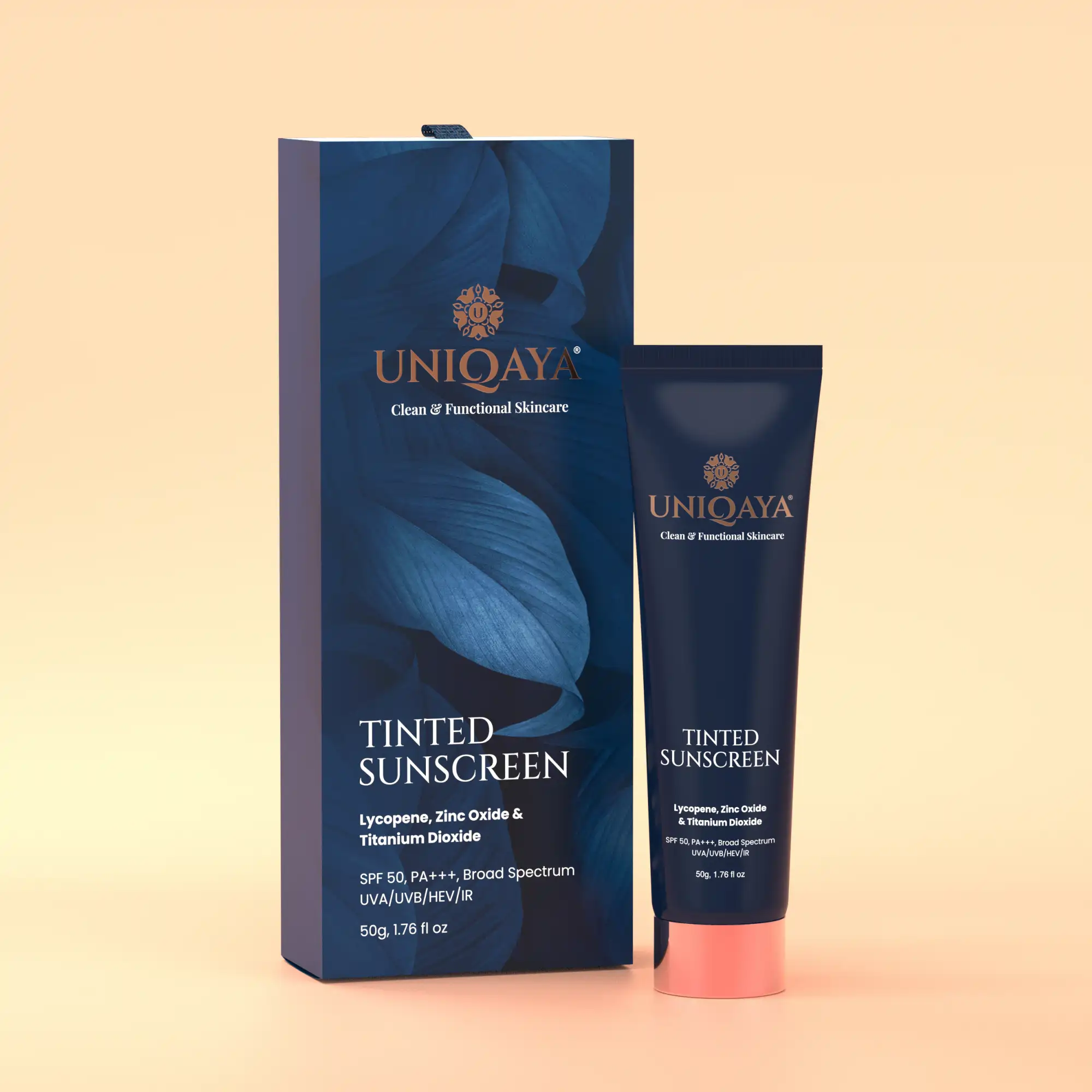
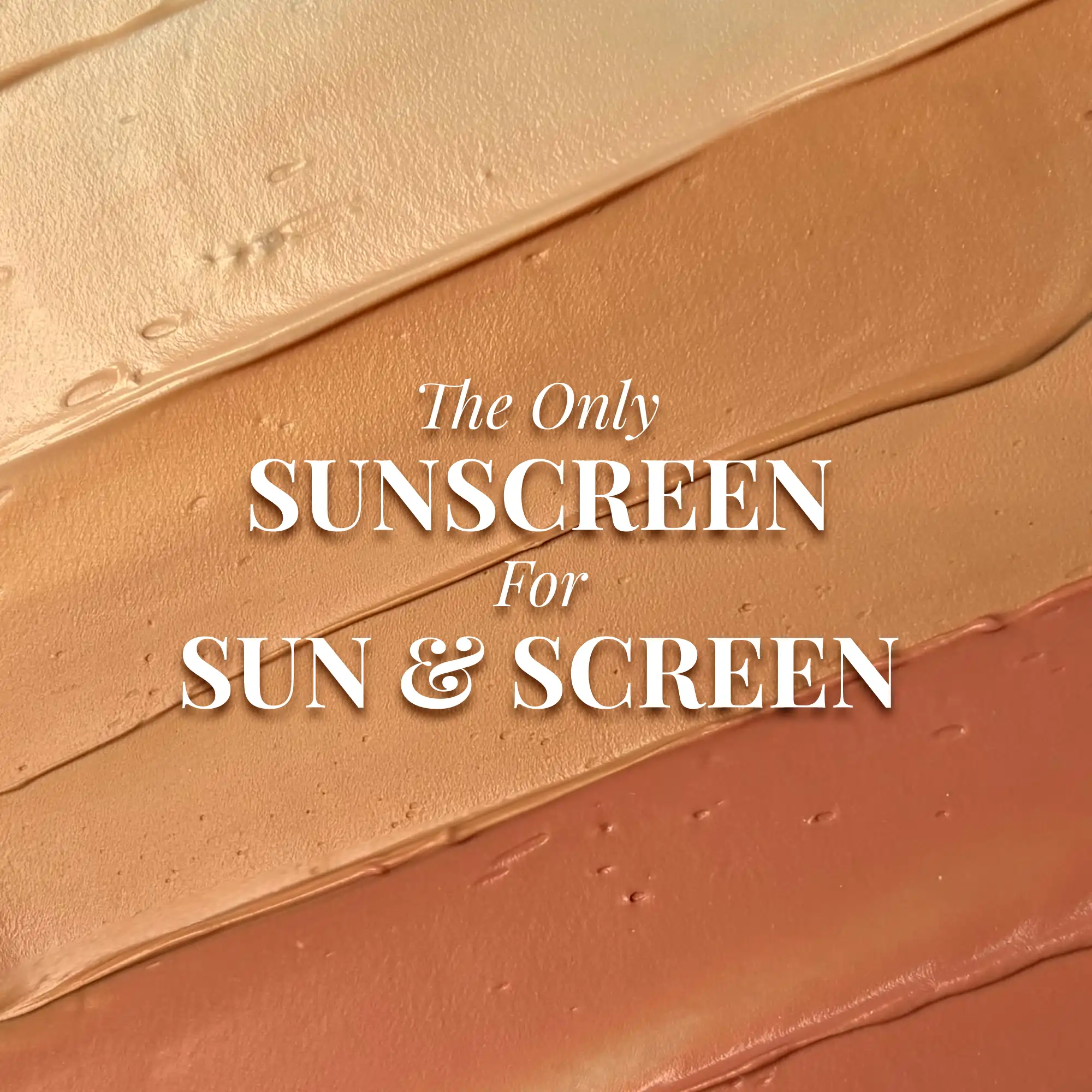
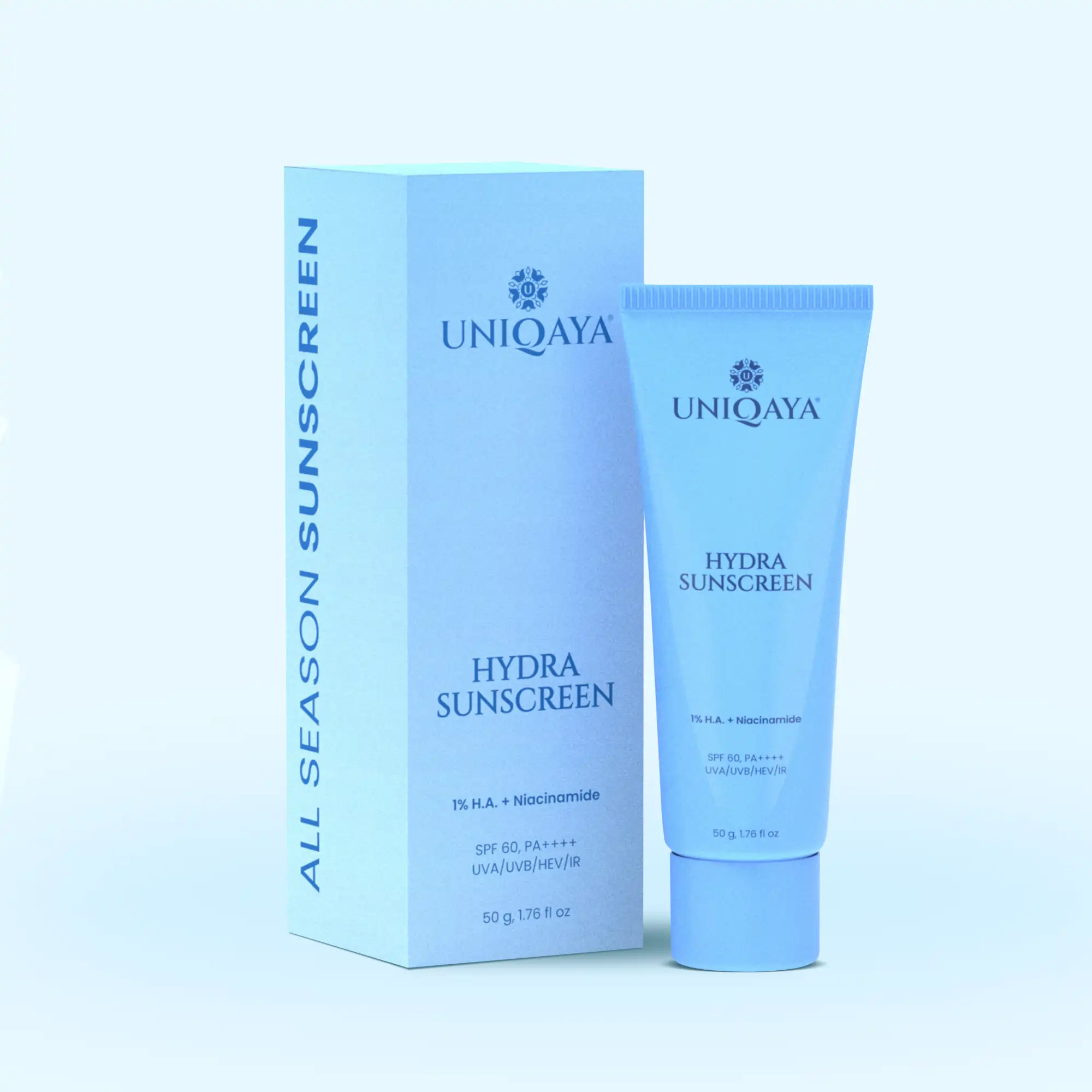
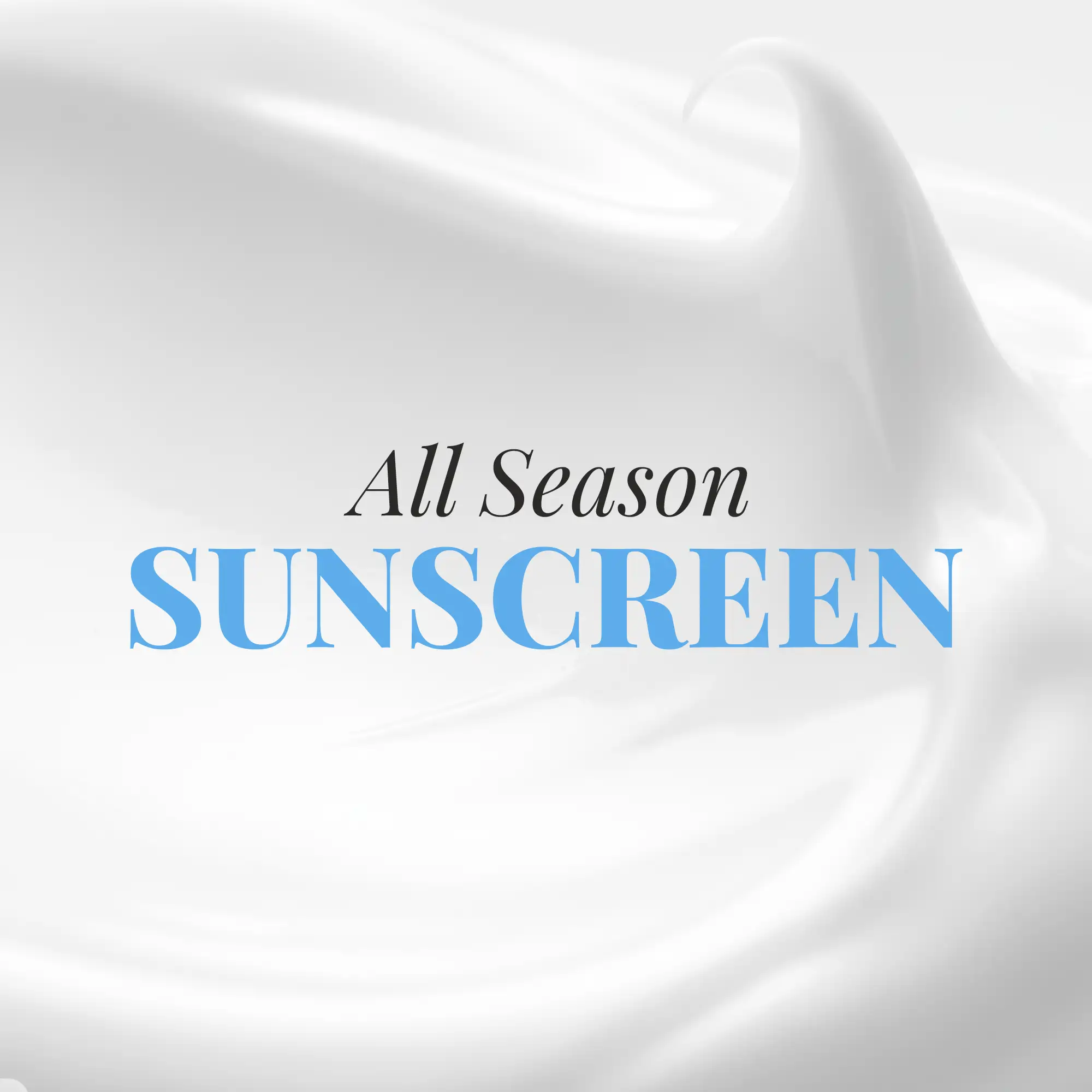
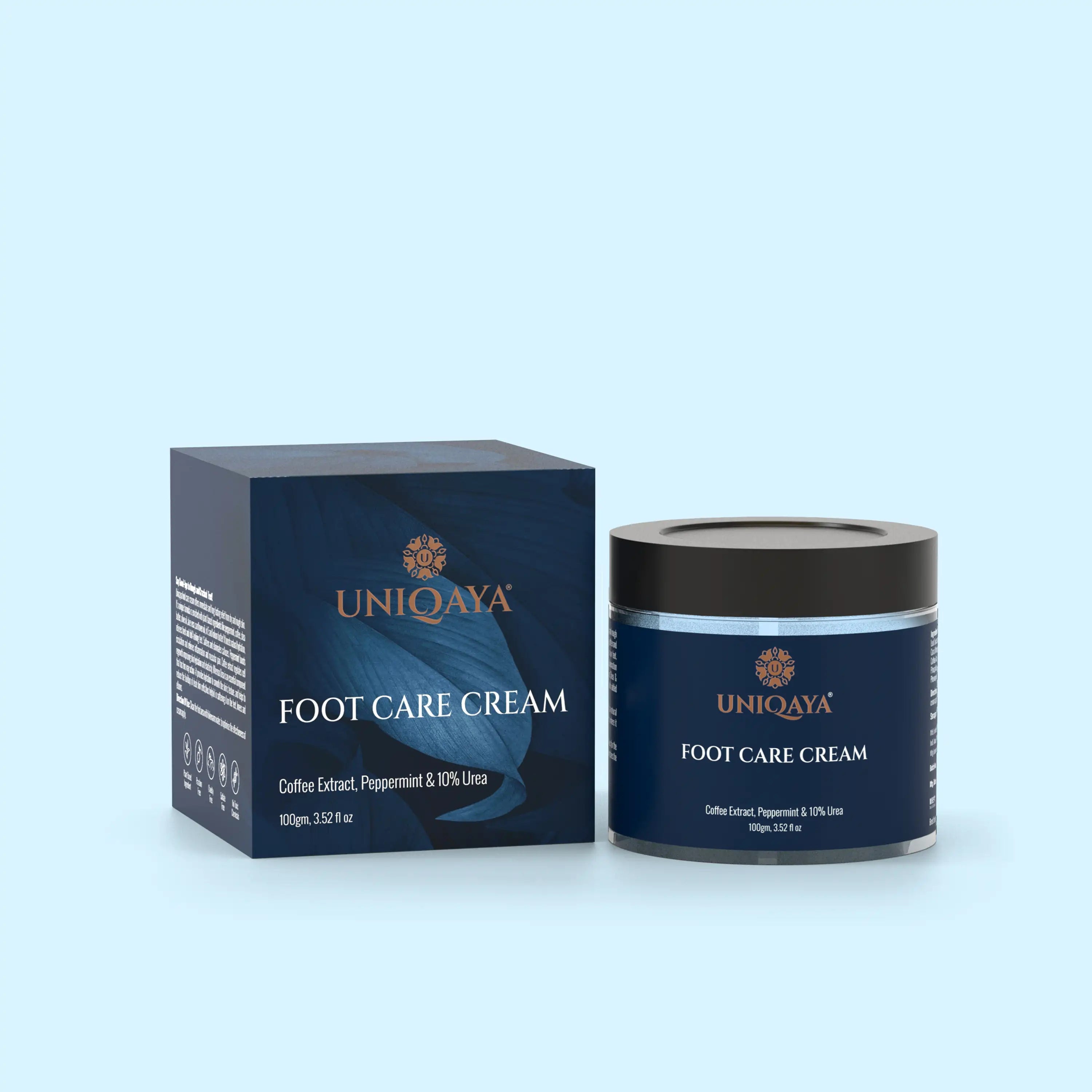
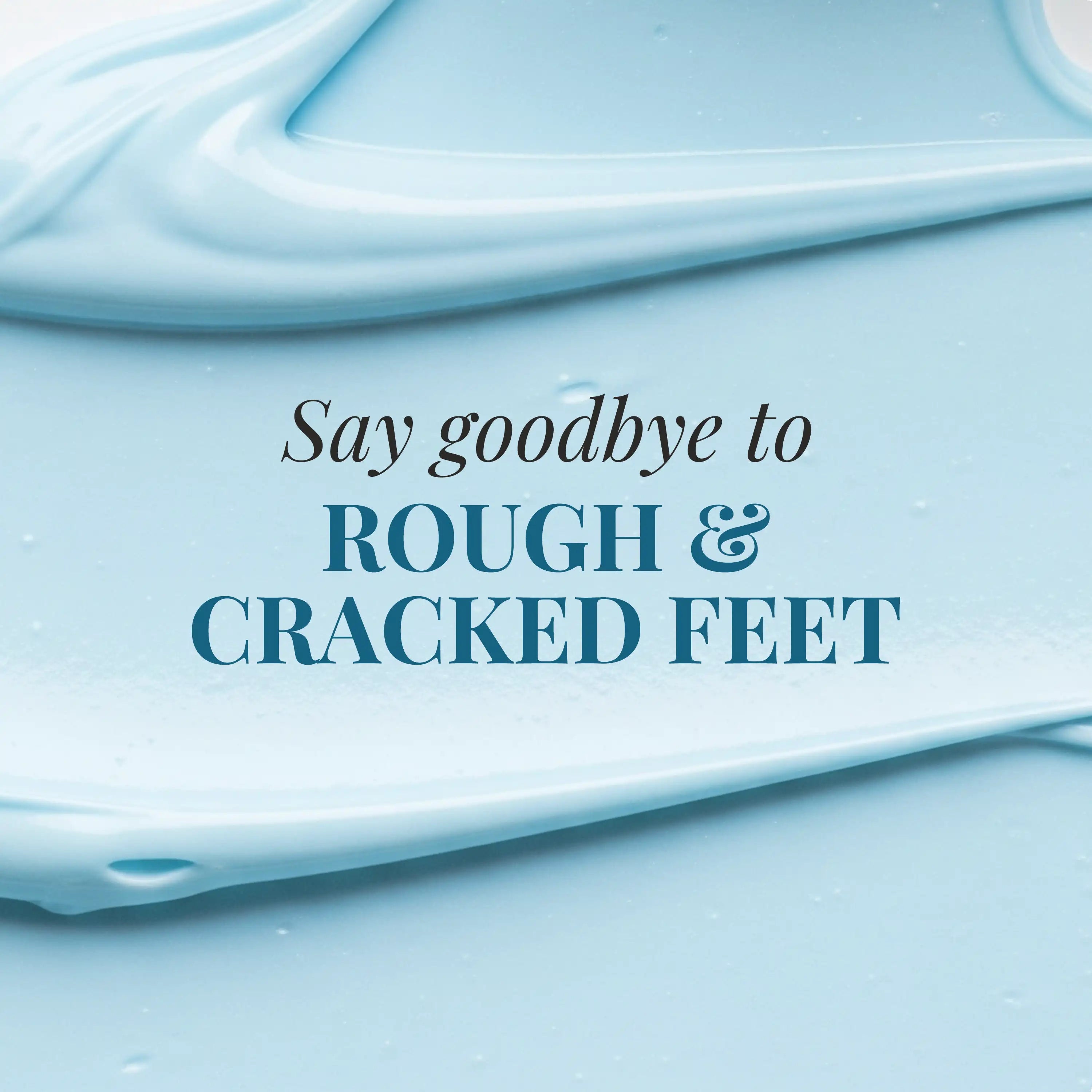
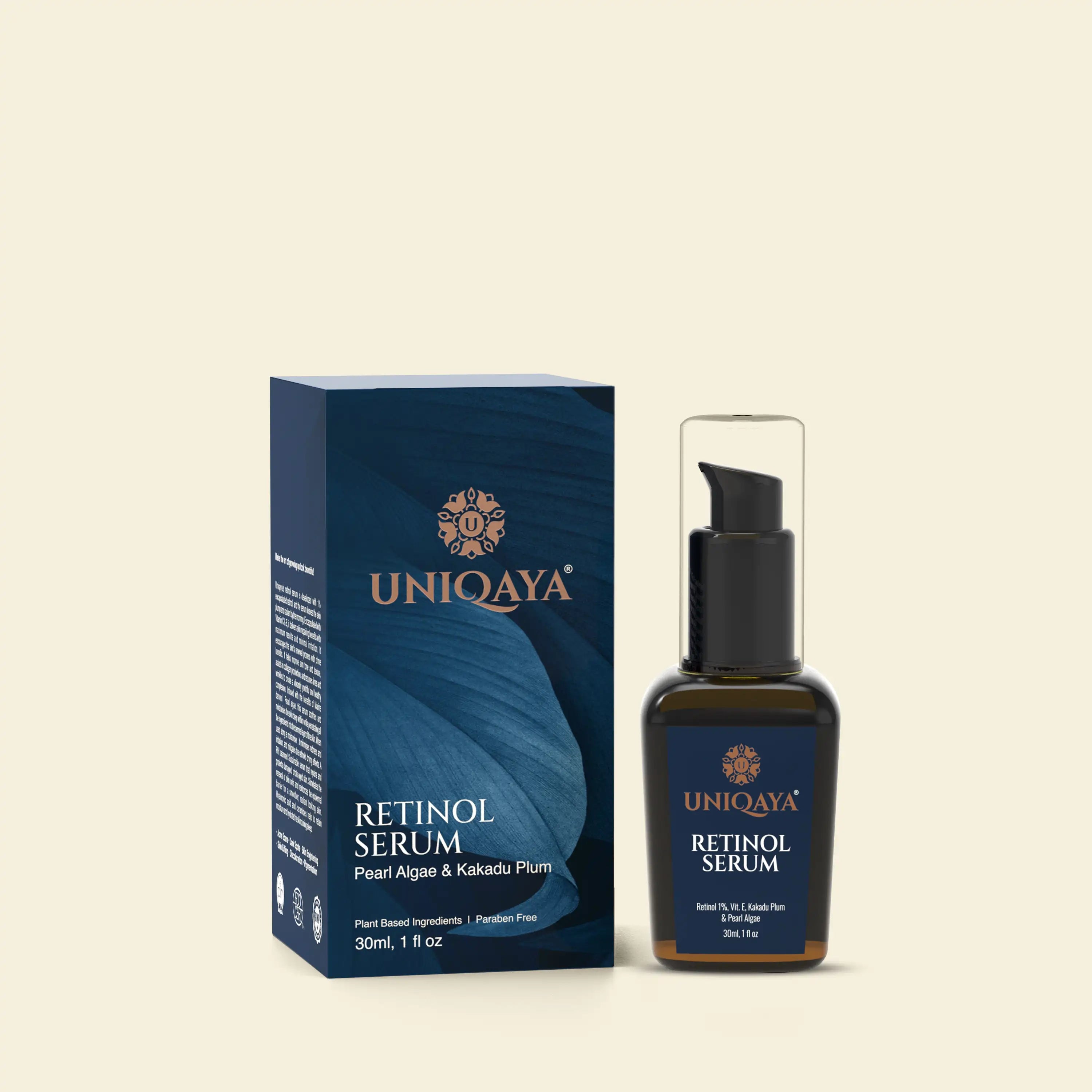
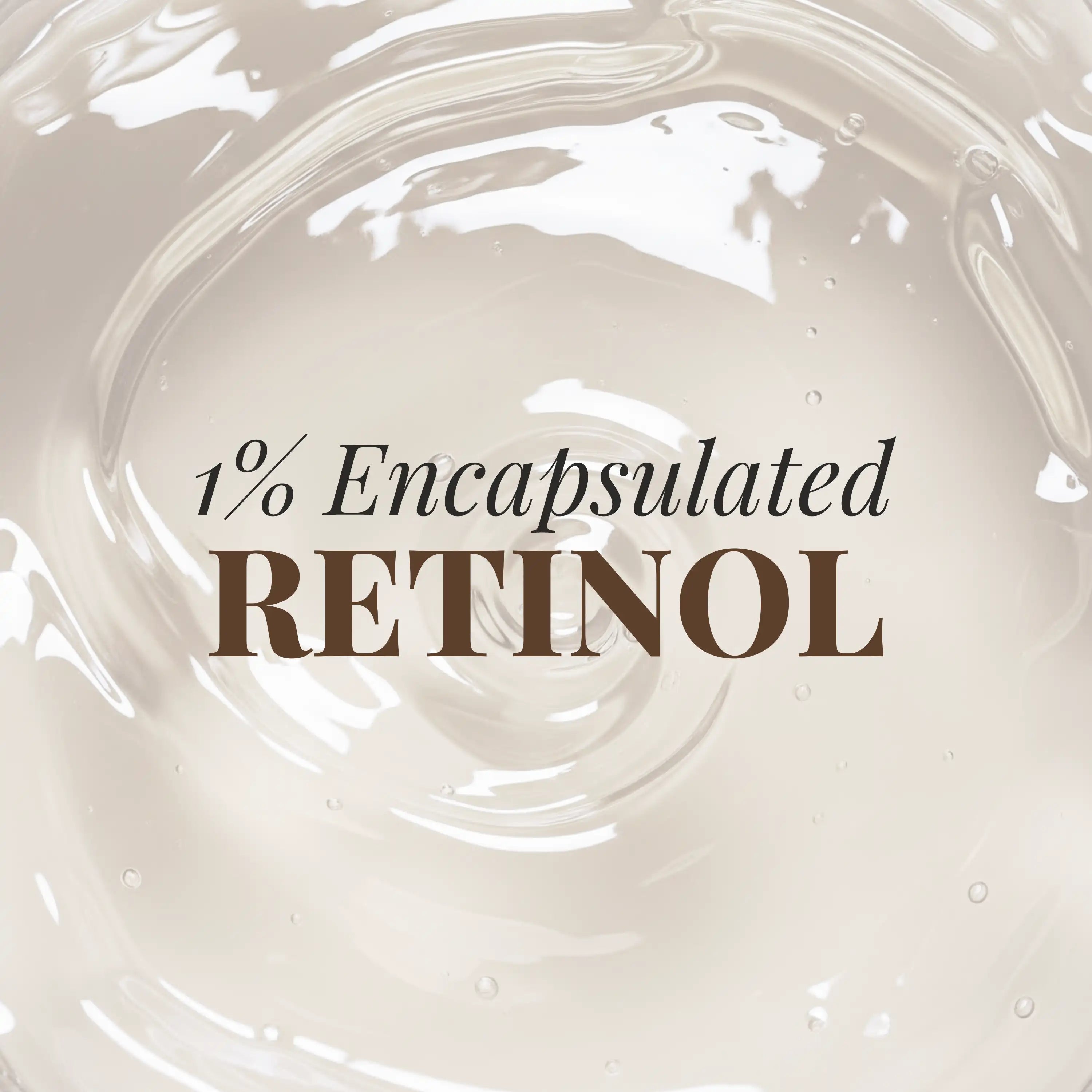
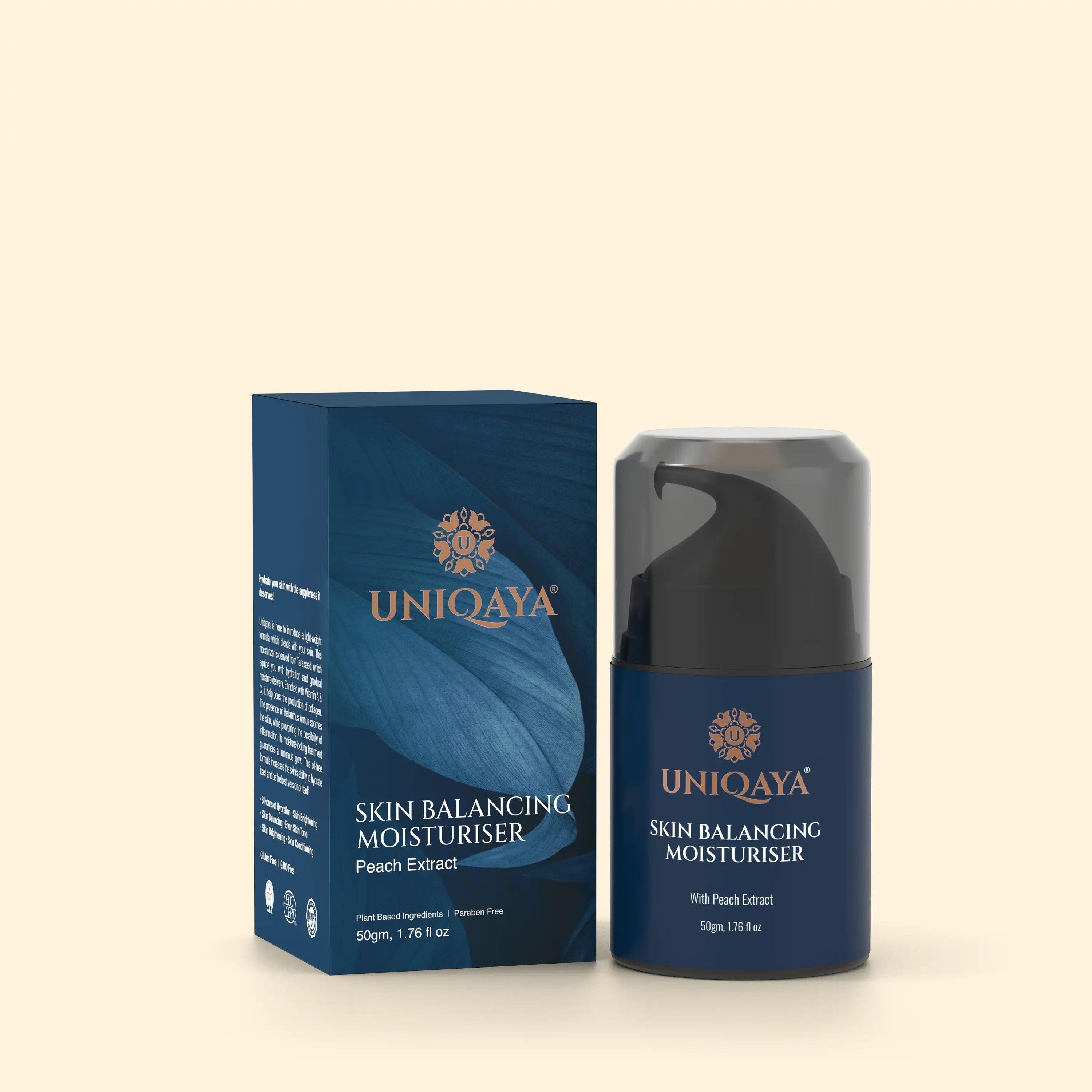
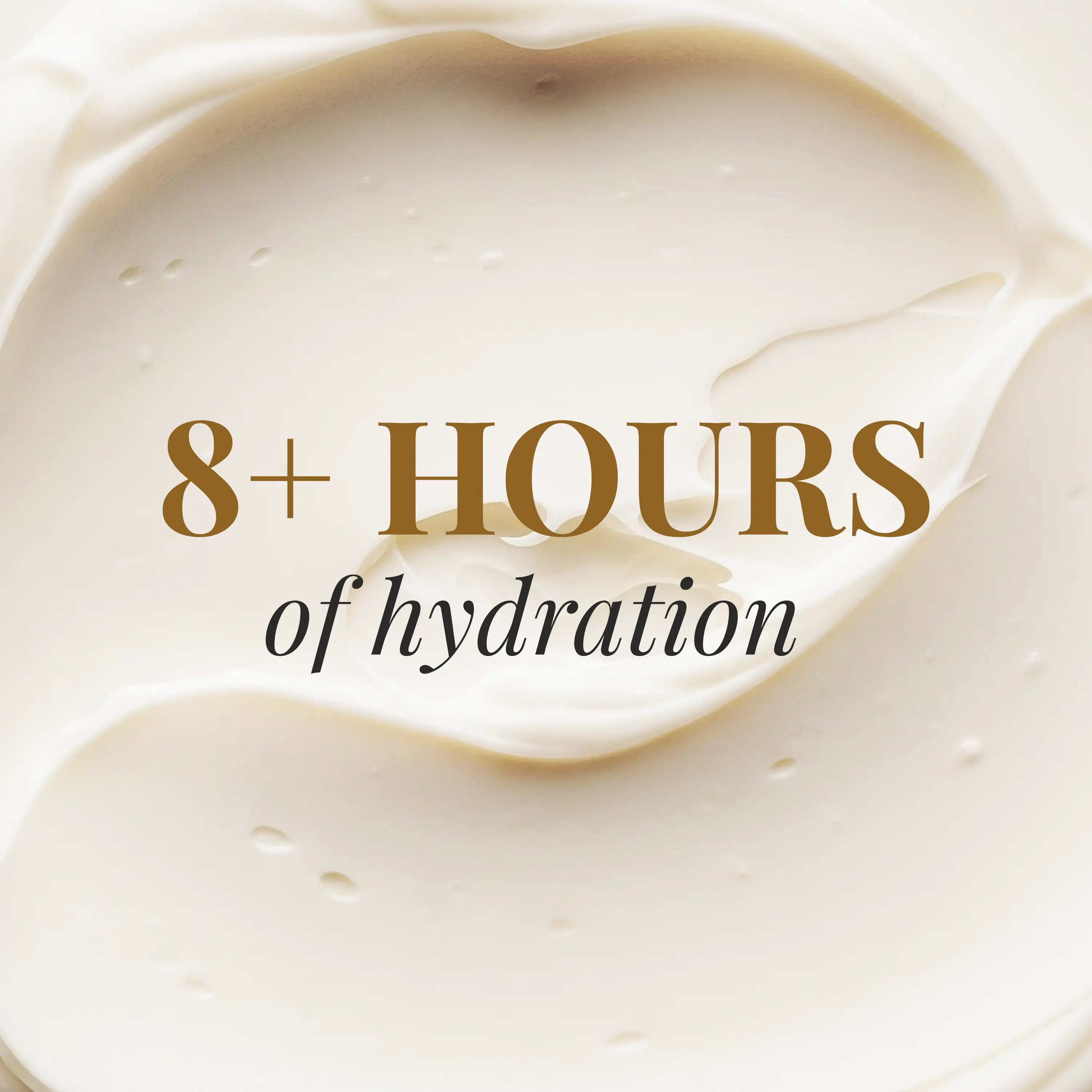
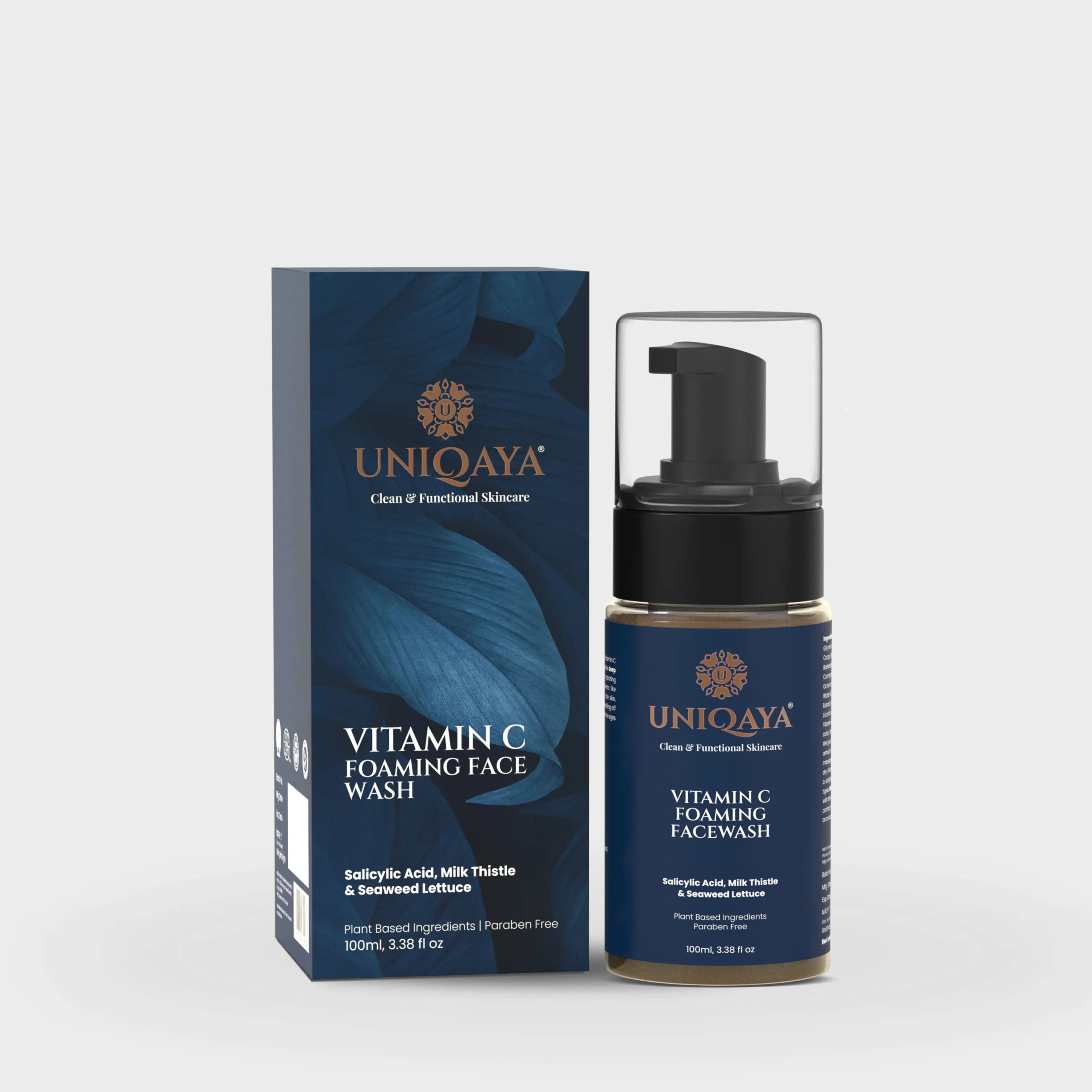
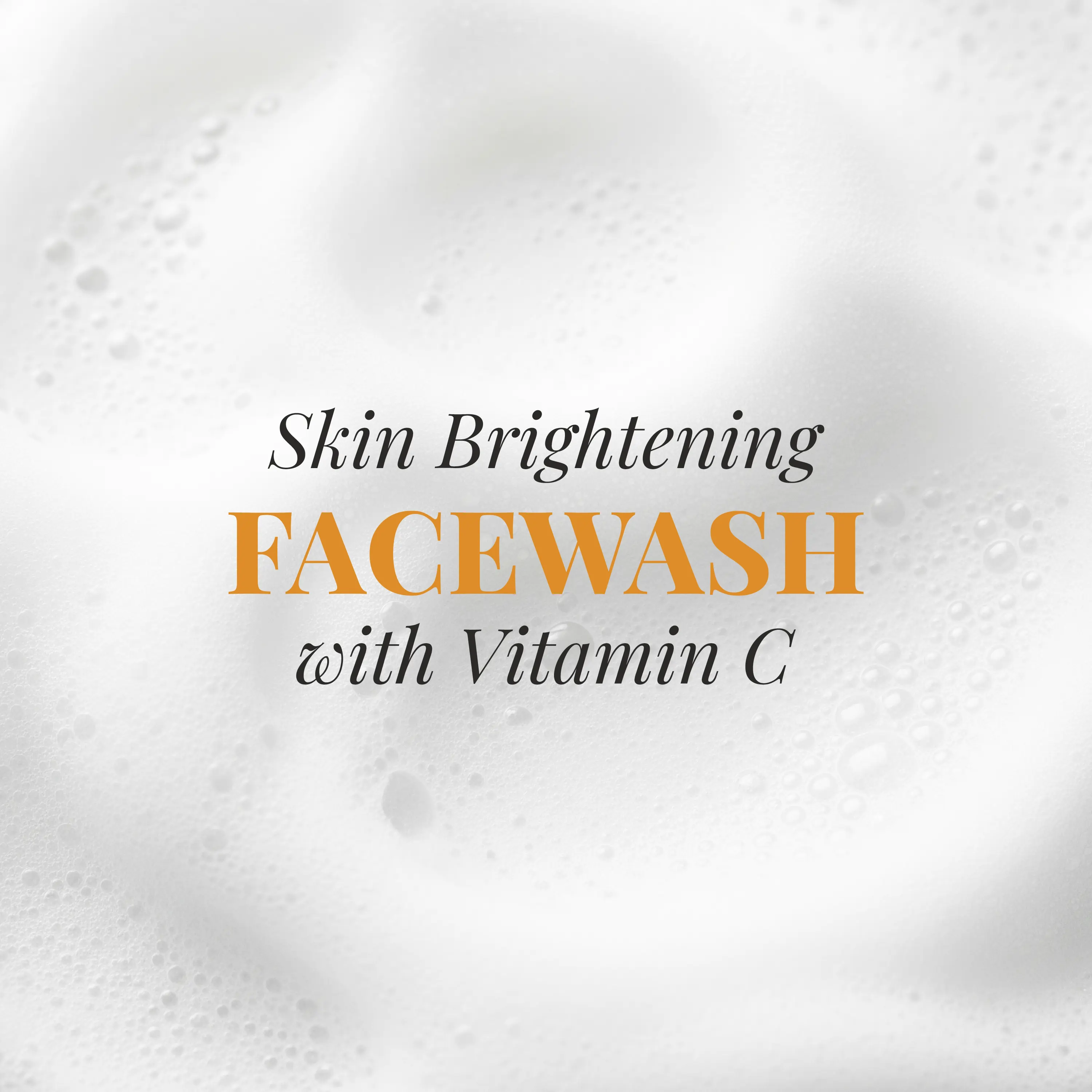
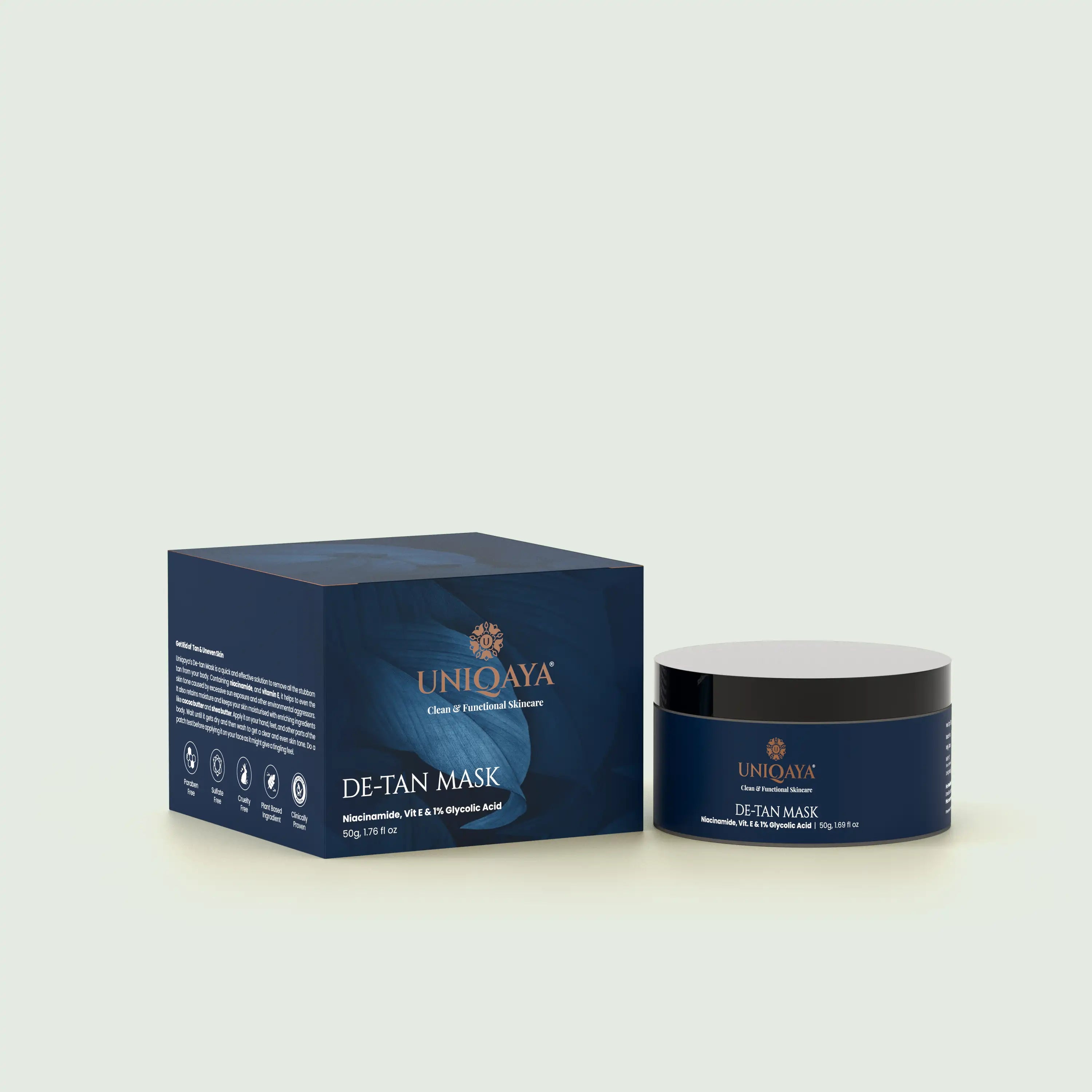
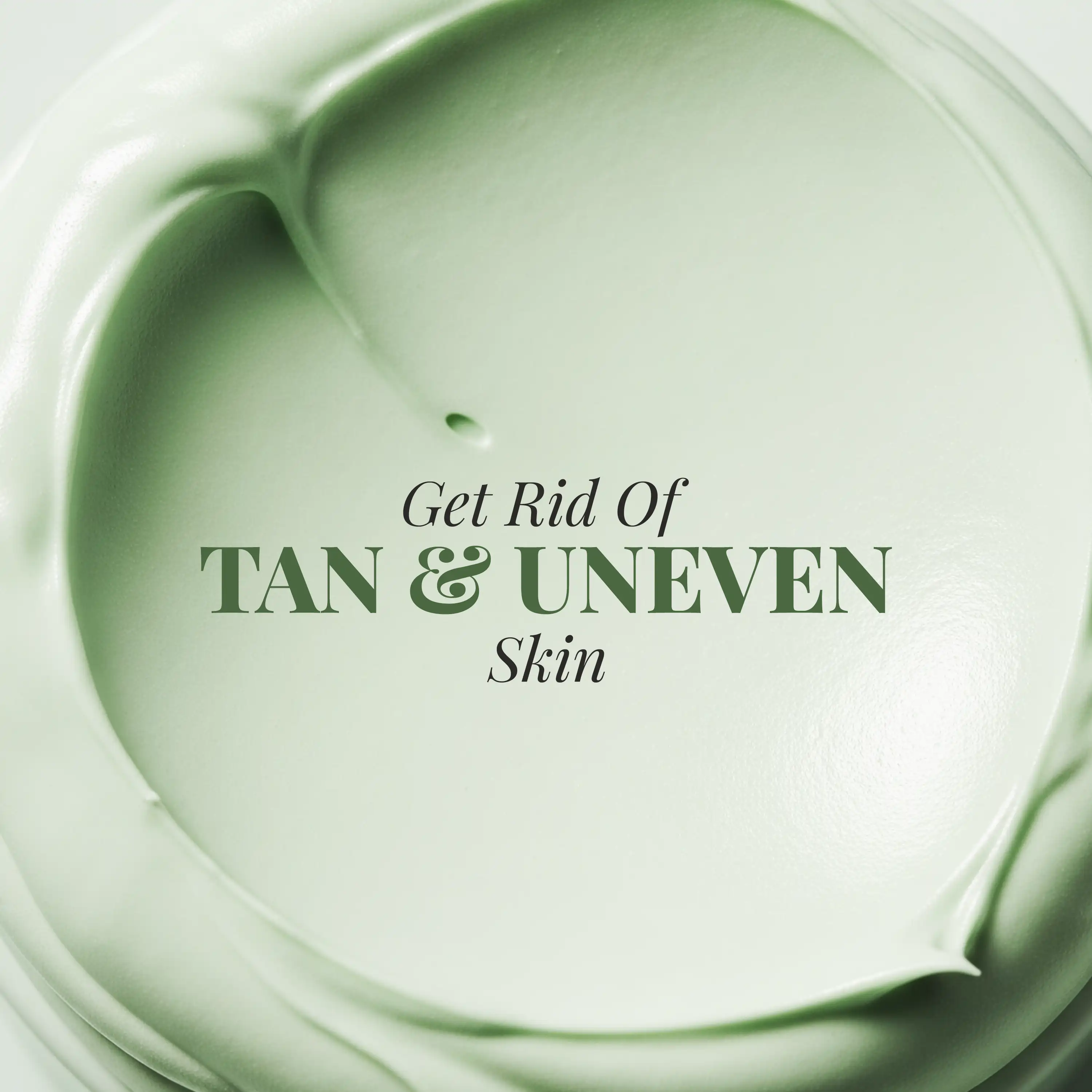
Leave a comment